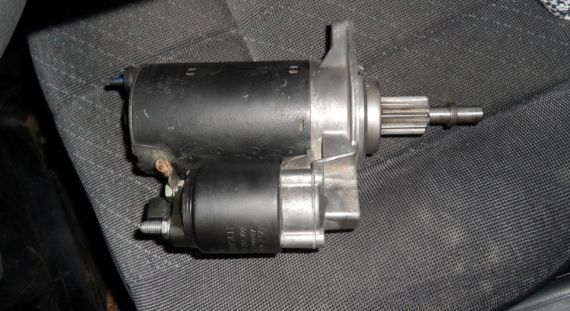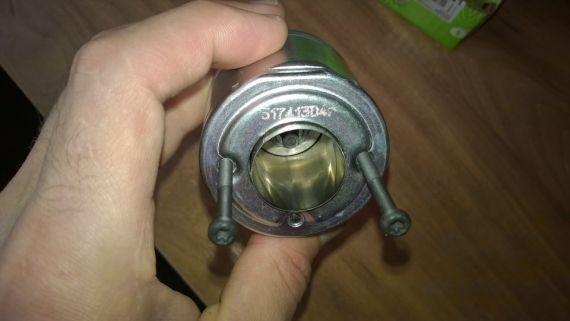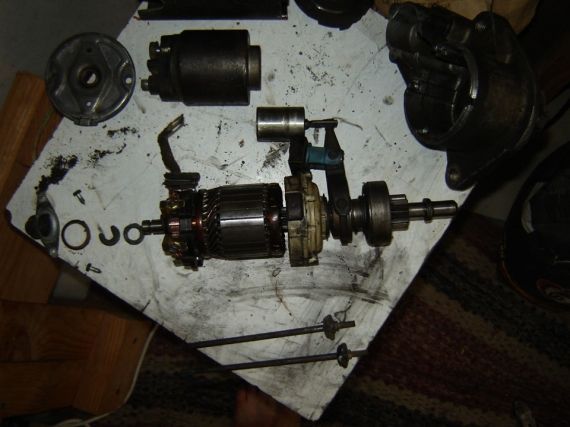Yesterday everything was fine, but today I was tormented by the question of why the starter does not turn on a hot engine. Such a question may arise from owners of both domestic cars and foreign manufacturers. This phenomenon is very unpleasant, especially for owners of cars with automatic transmission. In such a situation, a car with “mechanics” can be started from a tow, sometimes a simple push will be enough to start the engine, and an automatic transmission is not provided for this kind of action.
Why does the starter not turn on a hot engine, we will tell you in this article, since this problem is not addressed in the operating instructions for cars. The story cannot be addressed to any particular model, because the symptoms are the same for all car brands. There may be several reasons for such an unpleasant situation for the driver. Conventionally, they can be divided into two categories, these are engine problems and starter malfunctions. We will try to highlight the maximum problems with these systems.

Why do you need a starter?
For many years, since the appearance of the first "self-propelled carriages", which later became known as cars, the motor was started by turning the crank. As long as the engine had one or two working cylinders, this was not difficult to do. An increase in the number of cylinders and their volume required a significant increase in effort to start the power unit. Therefore, the efforts of the designers were directed to solving such a problem. The result of their work was the invention of the electric starter.
The appearance of such an “assistant” made it possible to start the engine without leaving the car, simply by turning the ignition key or pressing a special button. The starter is a complex electrical device in which the energy accumulated by the battery is converted into rotational movements of the armature. A gear is mounted on the armature shaft, which, having entered into engagement with the engine flywheel, starts it.

Symptoms
Like any complex technical device, the starter may sometimes fail to work. The failure can be complete or partial, related to the device itself or to the devices serving it. In such cases, engine problems cannot be ruled out, regardless of whether it is carburetor or injection. We will not consider the complete failure of this device, but stop with its partial problems when starting the engine.
It can be said with great certainty that most drivers with driving experience had to deal with a situation where in the morning, after an overnight stay, the engine started almost instantly, and when hot, does not show signs of life. Let's take a closer look at this situation. First, consider the problems with the launcher.
As is known from the course of physics, when heated, bodies tend to heat up. This device is no exception. Thermal expansion of the contact wire with the retractor terminal, especially with loosely tightened contacts, leads to loss of contact in this connection. The electrical resistance of such a contact increases to such a value that it is not able to provide sufficient current to the electric motor of the starting device. Because of this, he cannot develop sufficient revolutions to confidently start the engine.
The culprit could be worn starter bushings, which are made from a copper-graphite alloy that is subject to wear. If the vehicle starter has been operated for a long period, excessive clearance will form between the shaft and the bushing. When the shaft rotates, it is pressed against and engages the stator windings, which makes it difficult, and sometimes completely stops rotation.
It cannot be excluded from sources in which problems with power contacts arise when overheated. Electricians note repeated cases of violations in the soldering of the windings of the solenoid relay with the terminals for connecting the power supply to them. This “minor” malfunction makes it difficult to eliminate it, since it needs to be removed from the car, which is very difficult.

Also in the lists of the culprits may be the battery, in the event that it has an insufficient charge. In the cold state, it is somewhat underestimated, so the energy of such a battery is enough to start. After the engine warms up to operating temperature, it rises, which creates additional loads for the starter, which it cannot overcome. In some cases, the reason may turn out to be banal. The culprit may be poorly tightened terminals on the battery or.
As you can see, problems with starting a hot engine do exist, there can be many more than those covered in this article. We tried to tell why the starter does not turn on a hot engine, this can be used as a basis for troubleshooting. If additional questions suddenly arise, they can be easily found today on the Internet or by reading specialized literature.







